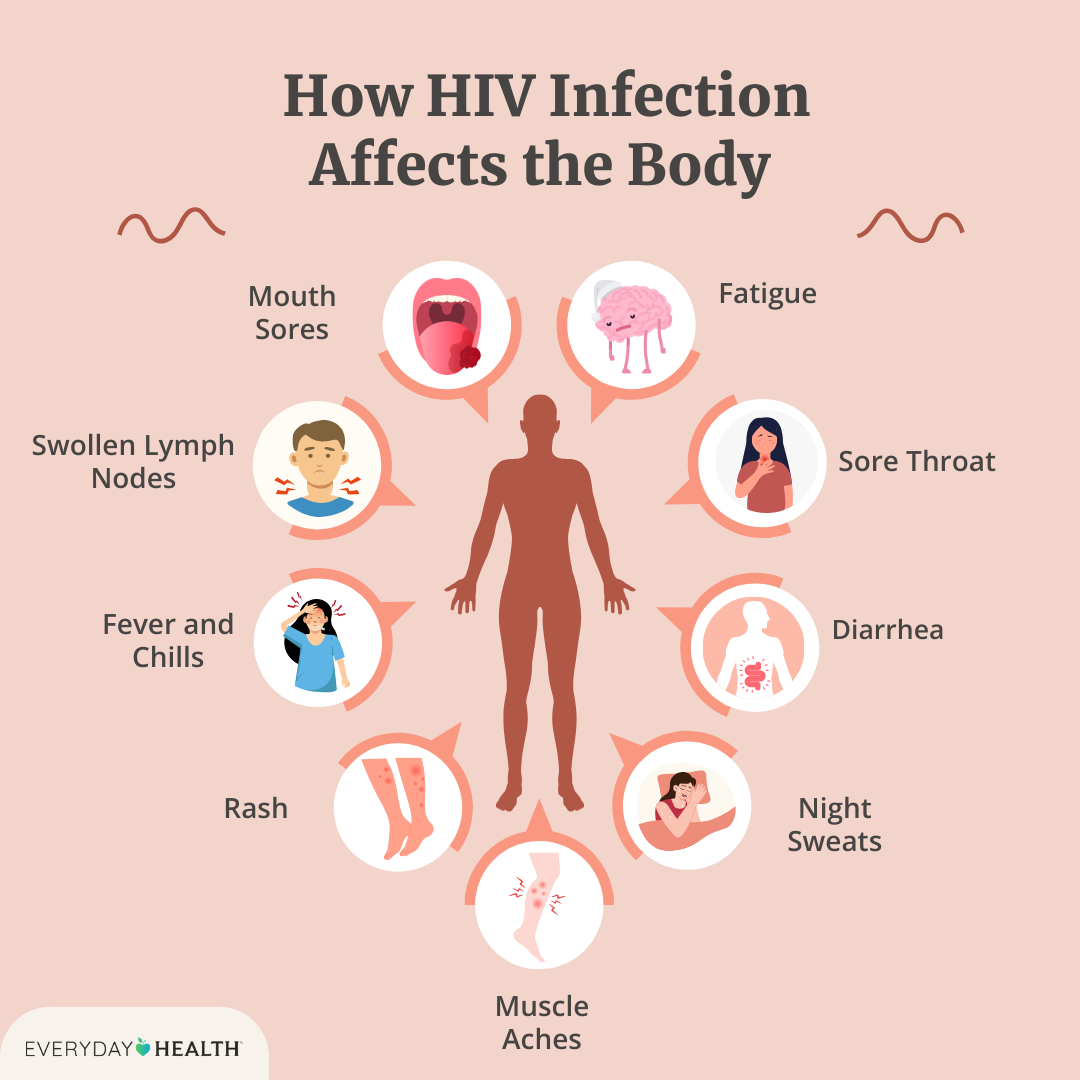Diarrhea and other lower intestinal fluid losses will contribute to:
Increase in HCO3-
Decrease in HCO3-
Increase the chance of Alkalosis
Has no effect on pH of blood
The Correct Answer is B
Choice A Reason:
An increase in HCO3- (bicarbonate) is not typically associated with diarrhea and lower intestinal fluid losses. In fact, the opposite is true. Diarrhea often leads to a loss of bicarbonate, which can result in metabolic acidosis. Therefore, this choice is incorrect.
Choice B Reason:
This is the correct answer. Diarrhea and other lower intestinal fluid losses lead to a decrease in HCO3- levels. The loss of bicarbonate from the body results in a lower pH, contributing to metabolic acidosis. This condition occurs because bicarbonate is a key buffer that helps maintain the acid-base balance in the blood.
Choice C Reason:
An increase in the chance of alkalosis is not typically associated with diarrhea. Alkalosis refers to a condition where the pH of the blood is higher than normal, which can occur due to a loss of hydrogen ions or an increase in bicarbonate. However, diarrhea usually causes a loss of bicarbonate, leading to acidosis rather than alkalosis.
Choice D Reason:
Saying that diarrhea has no effect on the pH of the blood is incorrect. Diarrhea can significantly impact the acid-base balance in the body by causing a loss of bicarbonate, leading to metabolic acidosis. Therefore, this choice is incorrect.
Nursing Test Bank
Naxlex Comprehensive Predictor Exams
Related Questions
Correct Answer is D
Explanation
Choice A Reason:
The prodromal stage refers to the period during which early symptoms of a disease appear but are not yet specific or severe. This stage is often associated with infectious diseases where initial symptoms like fever, malaise, and fatigue occur before more specific symptoms develop. In the context of HIV, the prodromal stage would not be applicable as it refers to the early symptomatic phase rather than a period without symptoms.
Choice B Reason:
Remission is a term used to describe a period during which the symptoms of a disease are reduced or disappear. This term is commonly used in the context of chronic diseases such as cancer or autoimmune disorders. For HIV, remission would imply a reduction in viral load and symptoms due to effective treatment, but it does not describe the asymptomatic phase following initial exposure.
Choice C Reason:
Exacerbation refers to the worsening or flare-up of symptoms in a chronic disease. This term is often used in conditions like asthma or multiple sclerosis where symptoms can become more severe periodically. In the context of HIV, exacerbation would describe periods where symptoms become more pronounced, not the asymptomatic phase after initial exposure.
Choice D Reason:
The latent stage, also known as the clinical latency stage or asymptomatic HIV infection, is the period after initial HIV exposure when the virus is present in the body but not causing any symptoms. During this stage, HIV continues to replicate at low levels, and the individual may not feel sick or show any signs of the disease. This stage can last for several years, especially with effective antiretroviral therapy.

Correct Answer is B
Explanation
Choice A Reason:
Biotransformation, also known as drug metabolism, is the process by which the body chemically alters a drug. This typically occurs in the liver and results in the conversion of the drug into metabolites, which can be more easily excreted from the body. Biotransformation is crucial for drug elimination but is not the process by which a drug is transported to receptor sites.
Choice B Reason:
Distribution is the correct answer. This process involves the dispersion of a drug throughout the body via the bloodstream after it has been absorbed. The drug is transported to various tissues and organs, including the target receptor sites where it exerts its therapeutic effects. Distribution is influenced by factors such as blood flow, tissue permeability, and the binding of the drug to plasma proteins.
Choice C Reason:
Osmosis is the movement of water molecules across a semipermeable membrane from an area of lower solute concentration to an area of higher solute concentration. While osmosis is a fundamental biological process, it is not involved in the transport of drugs to receptor sites.
Choice D Reason:
Absorption is the process by which a drug enters the bloodstream from its site of administration. This can occur through various routes, such as oral, intravenous, or transdermal. Absorption is the initial step in drug delivery, but it is not the process by which the drug is transported to receptor sites.
Whether you are a student looking to ace your exams or a practicing nurse seeking to enhance your expertise , our nursing education contents will empower you with the confidence and competence to make a difference in the lives of patients and become a respected leader in the healthcare field.
Visit Naxlex, invest in your future and unlock endless possibilities with our unparalleled nursing education contents today
Report Wrong Answer on the Current Question
Do you disagree with the answer? If yes, what is your expected answer? Explain.
Kindly be descriptive with the issue you are facing.
